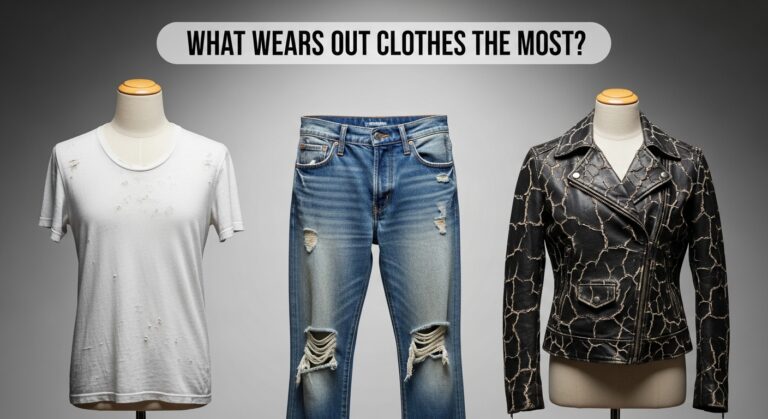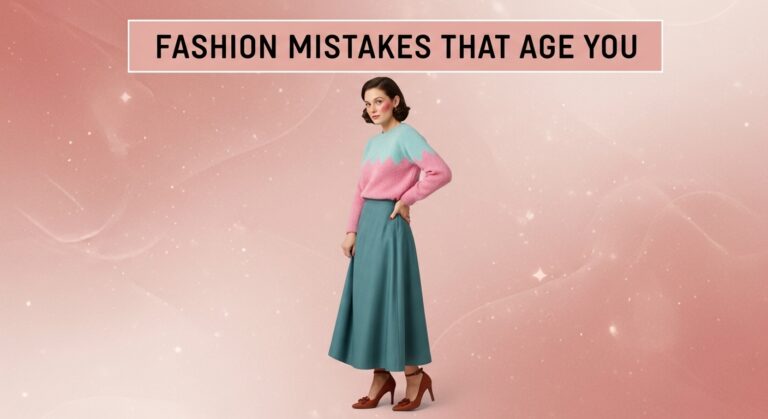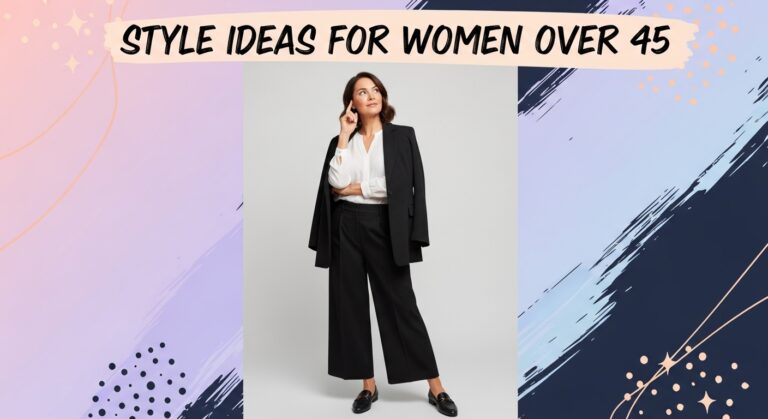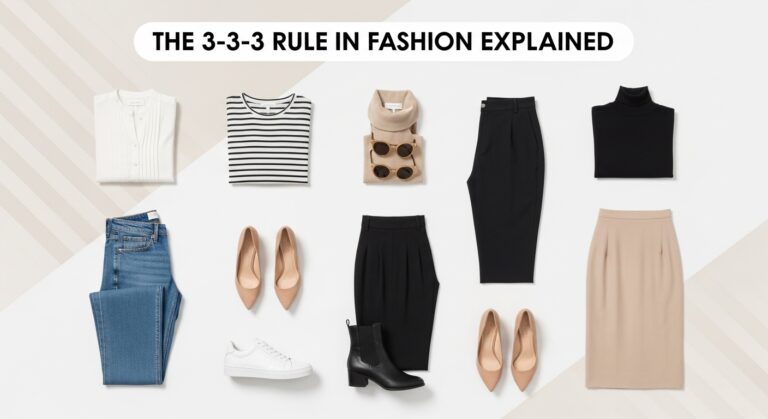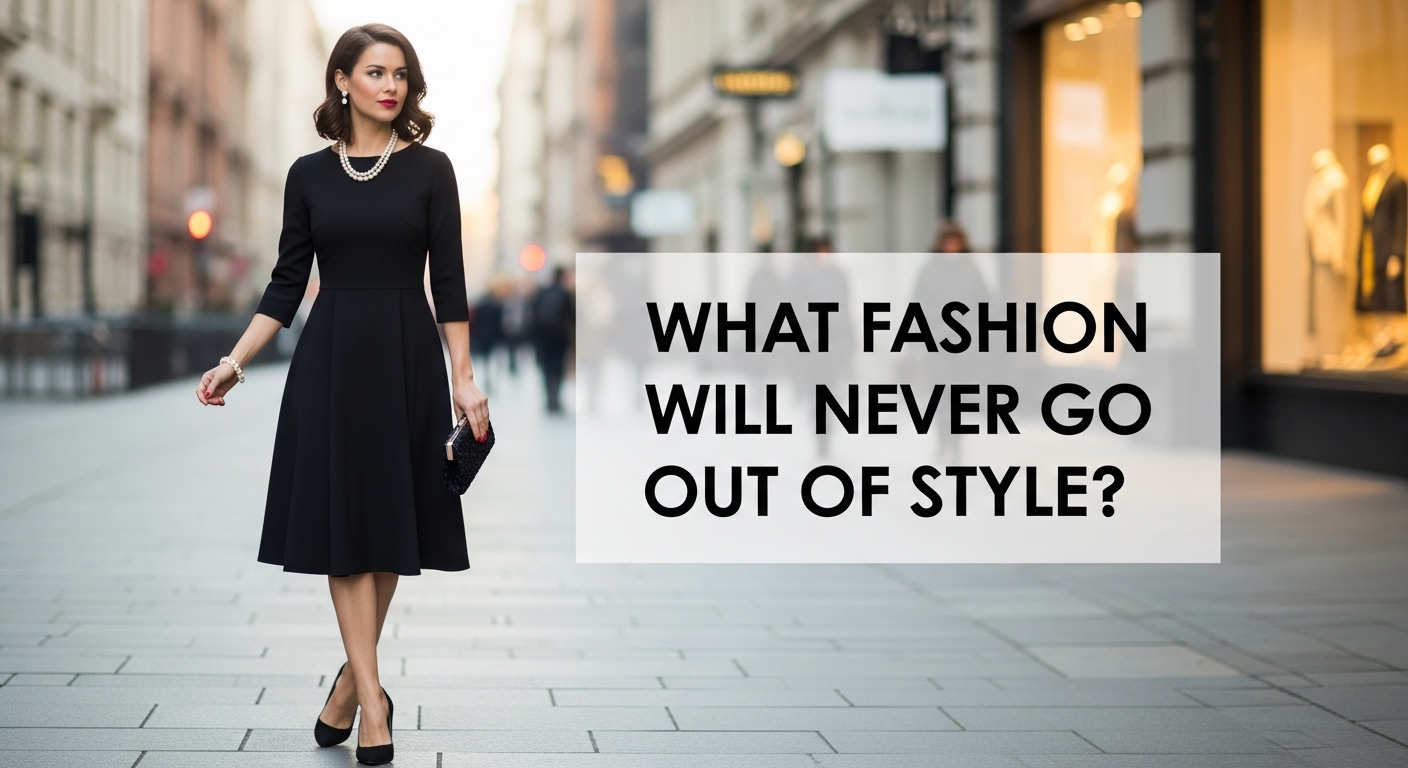
Trends can feel like a whirlwind. One season it’s oversized blazers, the next it’s neon colors or low-rise jeans, and before you’ve even grown used to them, they vanish. Yet, through all these shifts, some pieces never lose their charm. They remain reliable companions, passed from generation to generation, still looking as fresh today as they did decades ago.
So, what fashion will never go out of style? In women’s fashion, it’s the clothing, accessories, colors, and fabrics that are practical, versatile, well-crafted, and meaningful. These are the styles that transcend trends—because they don’t just look good; they carry identity, elegance, and confidence.
Let’s explore what makes fashion timeless and uncover the categories that women around the world can always rely on.
What clothing styles never go out of style?
The foundation of timeless fashion lies in classic silhouettes that flatter, endure, and adapt.
The little black dress is the most famous example. Coco Chanel’s 1920s design was called the “uniform for women of good taste,” and a century later, it’s still unmatched for versatility. Pair it with pearls for evening sophistication or sneakers for casual chic—it always works.
Denim jeans are another global staple. Originally workwear, they evolved into everyday fashion across cultures. A straight-leg or slim cut remains endlessly adaptable, while fast-changing trends like extreme flares or ultra-skinny fits eventually fade.
Other perennial favorites include:
- Crisp white shirts, which swing between boardroom formality and weekend casual.
- Trench coats, seasonless outerwear that combines practicality with sleek design.
- Tailored blazers, which project confidence whether styled with trousers, skirts, or jeans.
- Leather jackets, forever tied to a sense of rebellion and individuality.
- Cardigans and wrap dresses, beloved for their comfort, shape, and timeless femininity.
- White sneakers, modern but already recognized as future classics for their clean, minimalist look.
These pieces endure because they are not bound to an era. They adapt to personal style, lifestyle shifts, and changing fashion without losing relevance.
What accessories remain timeless?
Accessories complete an outfit, and the ones that never fade are those that balance beauty with subtlety.
Pearls have graced women for centuries, symbolizing refinement and grace. Audrey Hepburn’s pairing of a pearl necklace with her little black dress in Breakfast at Tiffany’s cemented pearls as timeless. Similarly, simple gold or silver hoops, chain necklaces, and understated watches stay current because they don’t overwhelm—they enhance.
Handbags with structured lines, like the Hermès Kelly or the Chanel flap, retain their prestige decades after their first release. They’re investments, but their lasting design justifies the commitment. Silk scarves are another versatile accessory: wrapped around the neck, tied to handbags, or even worn as headpieces, they move fluidly between decades and cultures.
Timeless accessories succeed because they are understated, versatile, and durable—able to be worn daily without ever looking outdated.
Which fabrics never lose their charm?
Fabric plays a huge role in timelessness. Some textiles have been loved for centuries not just for how they look but for how they wear.
- Cotton: Breathable, versatile, and easy to care for, it has been a wardrobe basic across the globe.
- Linen: Known for its airy lightness, it’s favored in warm climates and has been worn since ancient Egypt.
- Wool: A mainstay for coats and knitwear, prized for durability and warmth.
- Silk: Once reserved for royalty, silk still embodies elegance with its sheen and drape.
- Denim: Rugged yet stylish, denim remains one of the most universal fabrics in modern fashion.
These fabrics are timeless because they combine practicality with beauty. They age well, often becoming more appealing over time, and they have a long history of global use.
Are there colors that never go out of style?
Yes—color can be just as timeless as design.
Black is the ultimate classic. It slims, flatters, and conveys sophistication. White feels crisp, clean, and endlessly fresh. Navy, softer than black yet equally refined, works for professional and casual wear. Beige and gray act as neutral anchors, blending seamlessly into wardrobes.
Beyond neutrals, red has never lost its place. Whether in Chinese cheongsams, red saris, or Western evening gowns, it projects power and confidence. Its timelessness lies in its emotional impact—bold yet elegant.
These shades endure because they’re versatile, flattering across skin tones, and evoke strong psychological responses that don’t shift with passing fads.
What traditional styles remain timeless globally?
When fashion is tied to culture, it often becomes eternal. Traditional attire isn’t just clothing—it’s heritage, identity, and pride.
In India, the sari has been worn for millennia. Adaptable in its draping, suitable for both everyday wear and celebrations, it remains essential in modern wardrobes.
In Japan, the kimono, once daily attire, now reserved for special events, still symbolizes elegance and cultural respect.
In Scotland, the kilt remains a proud emblem of lineage, worn at formal events to honor heritage.
Other enduring garments include the hanbok in Korea, the qipao in China, the dashiki in West Africa, and the poncho in Latin America. These pieces endure not because of global fashion cycles but because they hold meaning, tell stories, and connect people to their roots.
Do hairstyles also follow timeless rules?
Yes—just as with clothes, certain hairstyles have proven immune to trends.
The bob haircut, popularized in the 1920s, continues to resurface every decade with slight tweaks. Long, natural waves have never gone out of style because they suit almost every face shape and remain effortlessly elegant. Sleek ponytails and chignons also persist, chosen for their simplicity and versatility.
These hairstyles endure because they are adaptable, low-maintenance, and universally flattering—mirroring the qualities of timeless clothing.
Why do some fashions stay timeless?
Fashion that never goes out of style usually shares four traits:
- Cultural meaning: Styles tied to heritage or history—like the sari, kimono, or trench coat—carry significance that transcends trends.
- Practicality: Jeans, trench coats, and saris began as functional clothing, making them useful across generations.
- Versatility: Pieces like blazers or white shirts can be styled in endless ways, fitting seamlessly into changing wardrobes.
- Emotional resonance: A pearl necklace worn by your grandmother, or a little black dress tied to icons like Audrey Hepburn, carries meaning that keeps it alive.
Timeless fashion succeeds because it’s more than aesthetics—it’s connection, function, and authenticity.
What mindset defines timeless style?
Timeless fashion isn’t just about what you wear—it’s also about how you approach clothing.
Women who embrace timeless style value quality over quantity. They invest in fewer, better-made pieces and focus on consistency rather than chasing the latest fads. This mindset creates wardrobes that feel stable, confident, and deeply personal.
At its heart, timeless fashion is about dressing in a way that feels true to you, year after year.
Timeless fashion connects the past, present, and future
Trends will always change, but the pieces that endure are the ones that combine elegance, function, and meaning. From the sari in India to the trench coat in London, from pearls to denim, timeless fashion tells stories that remain relevant across generations.
When you choose these pieces, you’re not just buying clothes—you’re investing in confidence, heritage, and style that will remain with you through every stage of life. That’s why timeless fashion is never about what’s new, but about what will always feel right.

